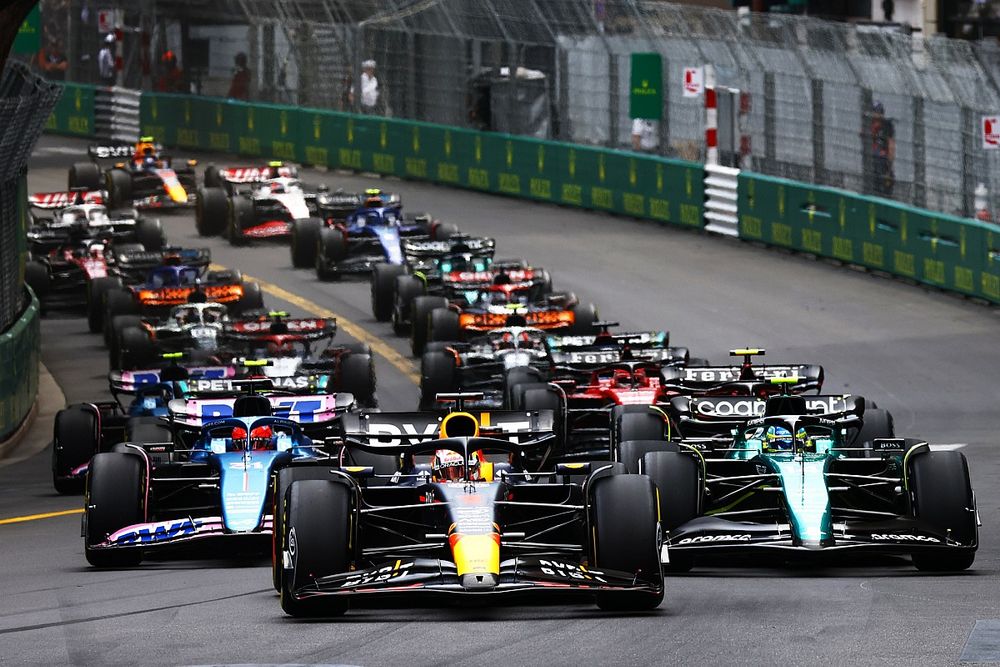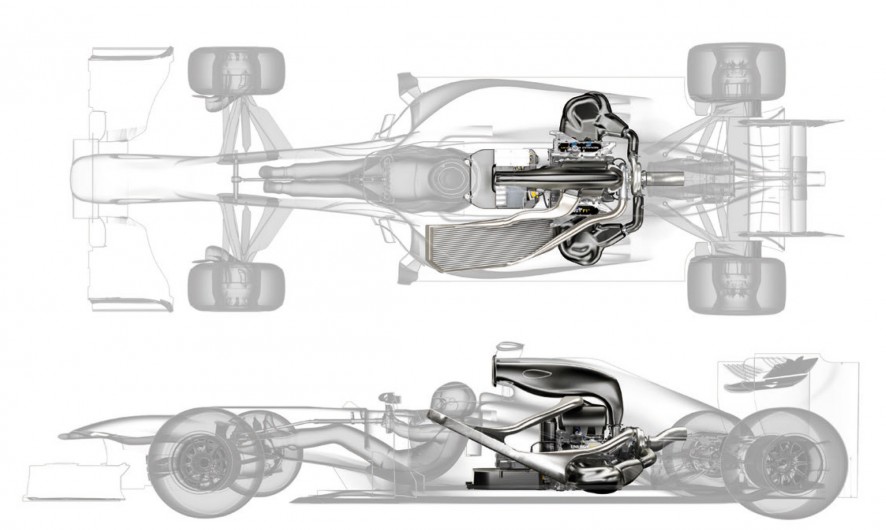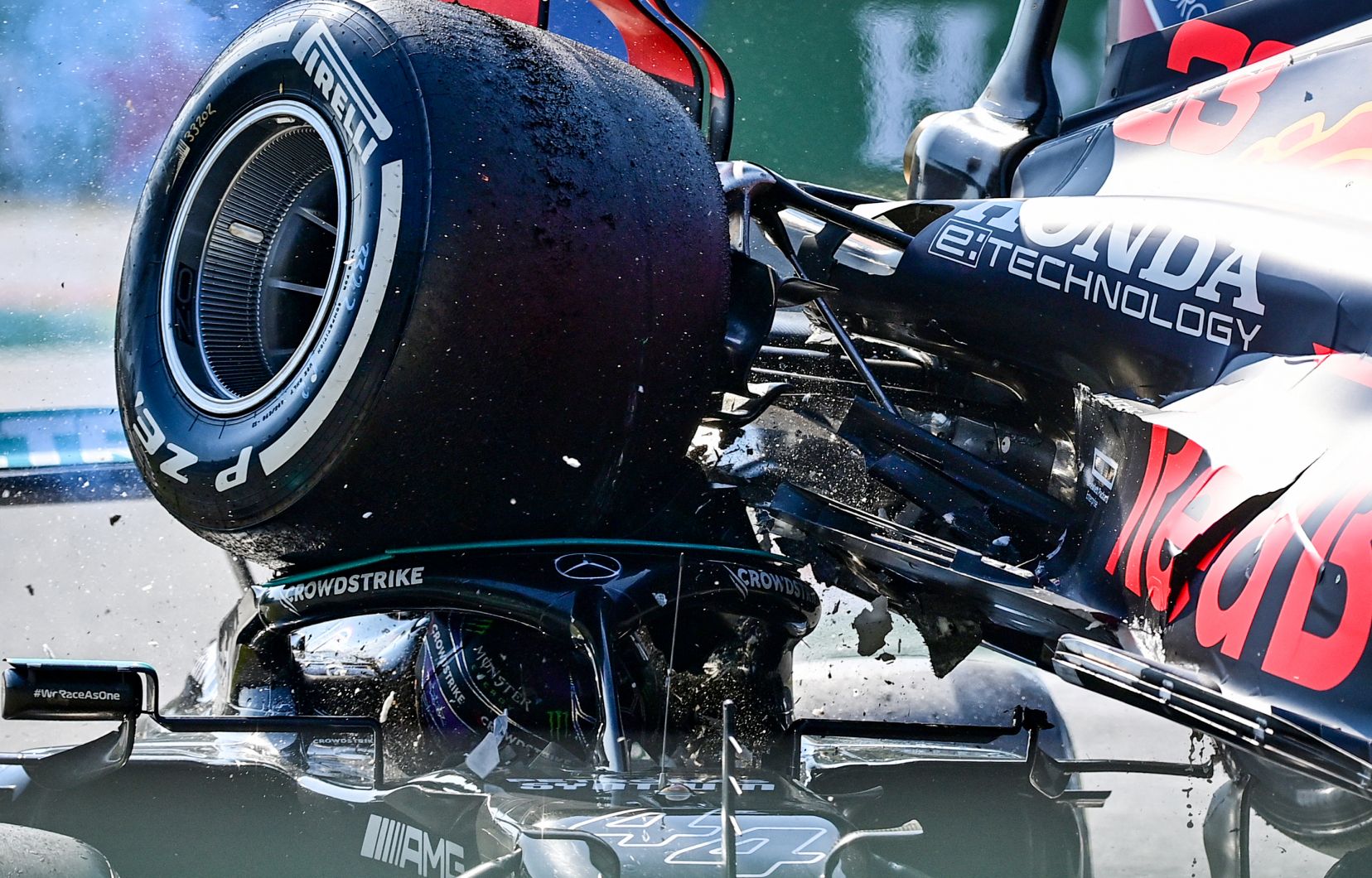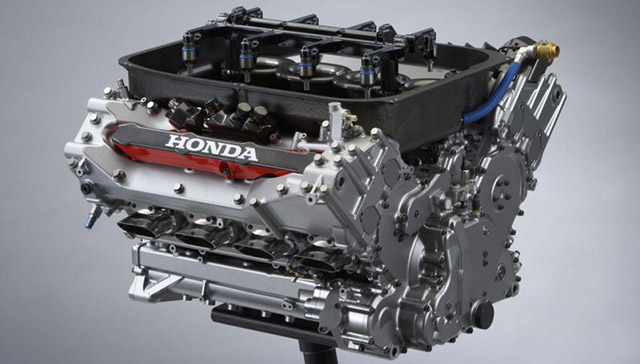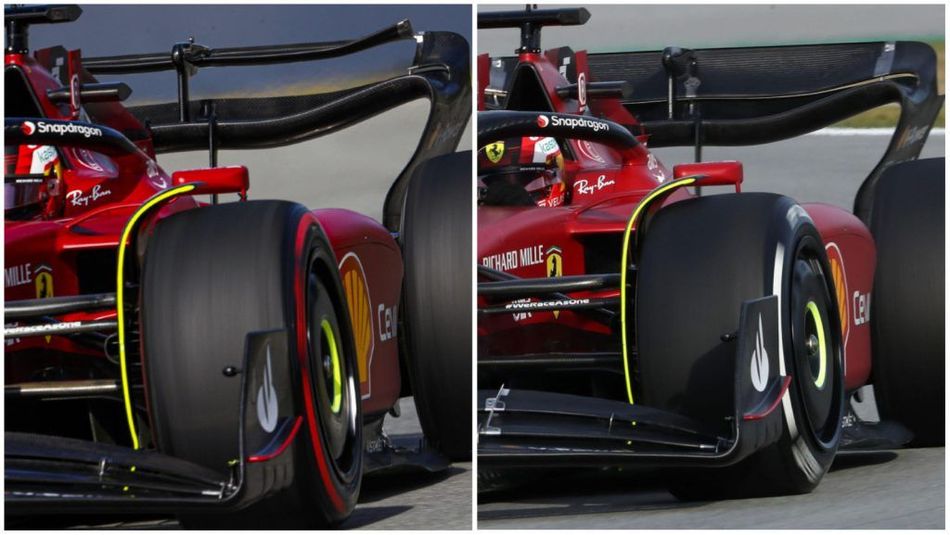Formula One, is the highest category in single-seat car racing and open wheels. With the Olympic Games and the FIFA World Cup, it is one of the world's most prestigious sports events and media coverage.
Formula 1 Sport Revolution
It refers to major changes and developments in the sport's history. These changes covered several aspects, including:
Technology and Engineering:
Formula 1 cars have developed significantly in terms of aerodynamics, suspension systems, engines, tires, and electronics. These developments have contributed to increasing the speed of cars and improving their performance on the circuit. For example, moving from turbine engines to hybrid engines, using the latest technology in automotive structure design.
Racing laws:
Numerous changes have been made to racing laws with the aim of increasing excitement and competition, and improving safety. Examples of these changes include: changing the points calculation system, amending penal codes, and introducing systems such as DRS (Drag Force Reduction System) to increase opportunities for overtaking.
Safety:
Formula 1 has seen significant improvements in safety standards after horrific accidents in the past. Automotive structures have been developed to be more rigid, improve safety equipment for drivers such as helmets and belts, and develop safety systems on the circuit. One of the most important developments in this area is the introduction of a Halo to protect the driver's head.
Marketing & Media:
Formula 1 has become a very popular global sport thanks to extensive media coverage and the use of social media. The tournament has also been expanded to include races on various continents of the world.
Sustainability:
Formula 1 has begun to take steps towards sustainability and reducing carbon footprint, using biofuels and developing more efficient hybrid technologies.
Formula 1 can be said to be in a state of continuous development, always seeking to improve performance, safety and excitement.
Technological and engineering developments:
Aerodynamics have evolved dramatically throughout Formula history from simple wings in the 1950s and 1960s to complex wings and complex side sides today, aerodynamics have increased the lower pressure force, allowing cars to turn at higher speeds. Some technologies such as "ground impact" were banned in the 1980s, but engineers continued to find new ways to improve performance.
Engines:
It evolved from simple internal combustion engines to turbocharged engines in the 1980s, then returned to V10 and V8 engines, and now uses complex hybrid engines combining an internal combustion engine, electric engines and power recovery systems. This development aims to increase efficiency and reduce fuel consumption and emissions.
Tyres:
Tires play a crucial role in a car's performance. Tyres have evolved from tight to wide tyres that provide better cohesion, and tyre rubber vehicles have evolved to provide better performance in various weather conditions and temperatures.
Electronics:
Electronics has become an integral part of Formula cars, using electronic control systems for everything from engine management to traction and brake control.
Changes in racing laws:
Safety:
Safety has always been a priority in Formula 1, but great steps have been taken after horrific accidents. Car structures were improved to be more rigid, safety equipment was developed for drivers such as helmets and belts, and The introduction of the halo to protect the driver's head is one of the most important developments in this field..
Increase excitement:
Changes have been made to laws with the aim of increasing excitement and competition, such as the DRS system which allows drivers to reduce drag power to increase overtaking opportunities, and change the points calculation system to encourage competition until the end.
Cost reduction:
In recent years, steps have been taken to reduce increasing costs in Formula One, such as setting a budget cap and restricting some technological developments.
Formula 1 's impact on the automotive industry:
Formula 1 is a laboratory for developing technologies that are later used in commercial cars. For example, anti-lock brake (ABS) and traction control (TCS) systems were developed in Formula 1 before they moved to normal cars.
Formula 1 contributes to the development of new materials and advanced manufacturing techniques used in the automotive industry.
Future of Formula 1:
- Formula 1 continues to expand globally, adding new races in different countries, as well as
Use modern technologies such as virtual and augmented reality to improve viewers' experience.
F1 Economic Aspect
It is a very important aspect, as this sport is a huge industry that generates enormous revenues and affects the economies of the host countries of racing.
Formula 1 direct income:
Broadcasting Rights:
Television broadcasting rights are the main source of revenue for Formula 1, with television channels paying huge sums for racing streaming rights around the world.
Racing Hosting Fees:
Countries and cities hosting Formula 1 races pay a large fee for the right to host the race, as these races are an opportunity to attract tourists and boost the local economy.
Care:
Sponsorship is another important source of revenue, with large companies paying large amounts to sponsor teams, drivers and races, to promote their brands.
Tickets and merchandise:
Formula 1 and teams sell tickets to the races and trademark goods, generating additional revenue.
Economic impact on host States:
Tourism:
Formula 1 races attract large numbers of tourists from around the world, increasing the revenue of host countries' tourism sector.
Hotels and restaurants:
Hotels and restaurants benefit from increasing the number of tourists during the racing period.
Job Creation:
Formula 1 races provide temporary and permanent jobs in various sectors, such as hospitality, transportation, marketing and media.
Promotion of the city and the state: Formula 1 races are an opportunity to promote the city and host country at a global level, attracting investments and boosting the economy.
Difference Economy:
Budget:
Formula 1 teams have huge budgets that are used to develop cars and pay drivers, employees and racing costs.
Investing in technology:
Teams invest large amounts in R&D to develop new technologies used in their vehicles, contributing to driving innovation in the automotive industry.
Economic challenges:
High costs: Formula 1 is a very expensive sport, with teams requiring huge budgets to compete at the highest levels.
Unequal distribution of income:
There is a significant disparity in the distribution of revenues between large and small differences, which poses a challenge for small teams of competition.
Examples of economic impact:
Studies have shown that the Saudi Formula 1 Grand Prix has greatly enhanced the Saudi economy by increasing tourism revenues and creating jobs.
Formula 1 races contribute to strengthening the economies of European cities hosting races, such as Monaco, Silverstone and Monza.
And finally, Formula 1 is an important economic driver, generating huge revenues and affecting host countries' economies. Formula 1 constantly seeks to develop its economic model to ensure its future sustainability and growth.
Posted Using InLeo Alpha
Posted Using INLEO
